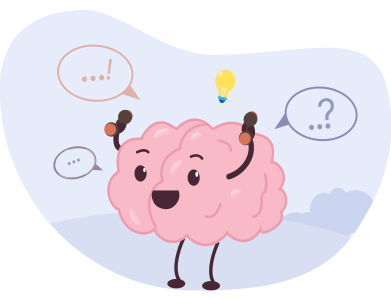
- GRIP Learning's Team
The word "neuroplasticity," which comes from the words "neuron" and "plasticity," describes the brain's amazing ability to change how it works and how it looks.
Neural pathways in the brain are engaged in every single thought and action, whether it's a toddler or an adult.











